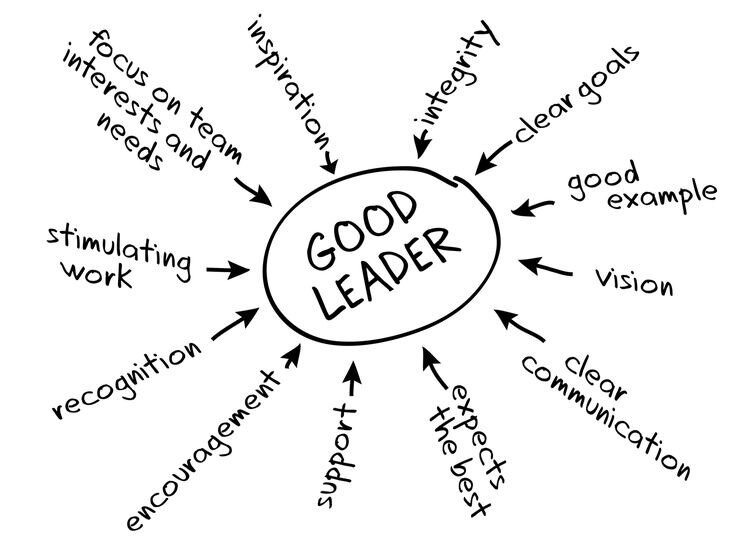There are many voices out there on this topic. Many are going to be more qualified than me to speak in-depth on Diversity, Equity and Inclusion. In this article I will be sharing my perspective along with some thoughts on how to start these conversations in your workplace, or even in your family or friend group.
I had the honor of serving my community through the YMCA for several decades. The work I lead and was involved with was important and impactful. One initiative from the YMCA of the USA that I have been very impressed with, and have carried with me throughout the years, involves their work on Dimensions of Diversity. This work has resonated with me because it goes far beyond gender, skin color, and age. Those are big and often obvious categories, which over-generalize who people really are. Generalizations are necessary for studying trends, creating non-discrimination policy, and supporting marginalized groups; however they create problems when we use them to lump all people together.
While working with a client recently, she shared her story of being a young black woman who excelled in the violin. For a long time she felt like an outcast. “Black people don’t play in the orchestra” was something she heard and felt on a regular basis. In discussing her experience she used this phrase:
Black is Not a Monolith
Having only heard the word “Monolith” recently in relation to the one discovered in Utah last summer, I did a bit of research. Apparently it’s a phrase that’s been around for a while, and has resurfaced with the release of Lena Waithe’s Queen & Slim. While I have not seen this movie, it sounds like the phrase is used to express the fact that all black people are not necessarily from the ghetto. Essentially, black people come from all kinds of communities and backgrounds. When you think about it, that doesn’t seem like something that needs to be stated. However, it’s human nature to try to categorize and simplify things we don’t understand.
In talking further with this client, she shared with me that she was from a small town. She told me her town “only had four high schools.” This is when the complexities of diversity really struck me. My town had exactly one high school. In fact it had exactly one school of any kind, Kindergarten through 12th grade. In the years since I graduated they have added a preschool. Still one school. As a member of the tiny little Generation X, my graduating class had 26 people in it.
This started me thinking about other personal experiences where the diversity in our backgrounds was very striking. When I worked in Chicago one of my staff, a woman in her 40s, had never had a drivers license. Or a car. She taught me how to use the bus and the L – explaining routes, lines and transfers – from memory. Growing up on a farm I wouldn’t have been able to participate in afterschool activities, have a social life, or a job without a license and a car. It was unimaginable to never have a car or a license. Growing up the way she did, she couldn’t believe I’d never used public transportation.
These experiences and reflections keep bringing me back to the Y-USAs Dimensions of Diversity. Looking at one dimension of a person and defining them by it is part of our society’s problem with embracing diversity. It leads to limiting beliefs and stereotypes. All black people are fill in the blank. LGBTQ+ people never fill in the blank. People living in poverty are all fill in the blank. Women just aren’t meant to fill in the blank. None of us should be defined by one aspect of our identity. Least of all marginalized groups.
Today, many companies and organizations are in the position of knowing they need to “do better” with diversity, equity, and inclusion; but they might not know where to start. This is understandable; it’s a huge, complex and often controversial topic. I’d like to offer you three simple steps to get you started. These can be implemented with no cost, no additional staff or resources, and very little change to your operations.
-
Mindset – leadership commitment
First and foremost, the leadership of the business or organization needs to be genuinely committed to shifting the culture. The top leader especially, but also the leadership team needs to believe in the importance of celebrating diversity, valuing equity, and driving inclusion.
In order to ensure that you are ready for this, it will likely require some challenging conversations as a team. The discussion must go beyond: “Is everyone good with this?” Each and every leader needs to be committed to driving change, supporting difficult conversations and situations, and being an agency-champion for this transformation. If every single person isn’t 100% on board, the leader has a decision to make. Does she/he postpone this initiative until the timing is better or do they make the changes needed to create the leadership team that will move the company needle on DEI.
-
Commitment to understanding
As you begin your initiative around Diversity, Inclusion and Equity, one of the first tenements to establish is the commitment to understanding where people are coming from. Impressing upon staff the importance of listening and being open to understanding the journey their co-workers are traveling is key to building your foundation.
It doesn’t matter what other people think about Meghan Markles’ skin color. If she identifies as black, that’s a dimension of who she is. Self-identification is up to the individual and it doesn’t matter if other people agree with it or not. Supporting DEI means accepting others as they identify, and striving to understand.
The leadership sets this expectation and supports staff as they work to learn and grow. They also watch for those team members who are resistant to this change and take action with anyone who is not a match for the culture they are trying to create.
-
A little bit of time in each and every staff meeting
The first two steps are really about mindset, setting the tone, and creating a culture. This one provides action items you can take and use right away.
The most valuable communication tool that leaders possess is the staff meeting. If your staff meetings are not important, engaging, effective, and driving communication and culture, consider reading this. Incorporating mini-activities into your team meeting (and every other staff meeting in your company) can start the exploration of diversity, equity, and inclusion with the broad base of your business.
Hopefully your staff meeting includes some sort of a transition or opening. This aspect of your meeting is meant to help team members shift from whatever-they-were-doing-before-the-meeting to full-on-meeting-mode. Good things to include in this phase of the meeting are things like:
- An opening thought
- Check-in
- Company headlines
- Celebrations
In order to get everyone thinking about the diversity of their team, consider adding a “backstory question.” This tool can be fun, but at the same time it helps everyone to start to understand more about their teammates. If time is tight this activity can take as little as 2-minutes by doing it “whip style.” Or if you want, you can add a reflection component to dig deeper.
Here’s an example:
- Have everyone go around and share what their first job was and something they learned from that job that they still utilize today. If you have 10 people in the meeting, this will probably take 5-minutes at the most.
- Those wanting to dig deeper can pair people up (preferably connecting those with the most differing first jobs, like walking beans with interning at a magazine).
- Have one person spend 2-minutes asking the other person questions about their first job.
- After their time is up they switch roles.
- You can close with a group reflection on what they learned about other people that may have surprised them.
- Doing the full activity will take a maximum of 15-minutes.
Here’s a list of ideas of backstory questions you can use to get started:
- What was your first job? What did you learn that you still use today?
- How did you get to school when you were little? How was that the same or different from other kids at your school?
- What’s the first team you remember being part of? How did that experience shape you?
- How many kids were in your family? Where are you in the birth order? What does that say about you?
- What was your favorite subject in school? How have you carried that with you?
- Share about the kind of home you grew up in?
- How did you decide what you wanted to do for a living?
As time goes on your questions can progress towards being more probing. Another idea is to have volunteers come up with questions for the next meeting or create a sub-group of volunteers to work on questions and activities.
As you and your team become more comfortable exploring diversity there are many more activities you can incorporate and initiatives you can drive. Sometimes getting started is the hardest part. Hopefully these simple steps can spark the beginning of your journey.
Need help creating a plan that is right for you and your team? Want an outside resource to facilitate crucial conversations around DEI? Email me at kim@athena-coco.com to schedule a free 30-minute consultation to discuss ideas that will help you get started. Calm the Chaos and create a great culture so you can find time to focus on what’s important to YOU!
Kim is a mom, wife, lover of being active and the outdoors,
and helper of small businesses and nonprofits.
kim@athena-coco.com










